Overview: T-M188 Traffic Light DIY Learning Kit
The T-M188 Traffic Light DIY Learning Kit is a practical STEM learning tool designed to teach beginners the fundamentals of electronics, LED control, and traffic signal operation. Learners assemble a working model that uses red, yellow, and green LEDs to reproduce the sequential behavior of real-world traffic lights. This kit is perfect for students, teachers, hobbyists, and robotics enthusiasts who want a simple, safe introduction to electronic circuits and automated control.
Key Features and Highlights
- Realistic traffic light simulation – Red, yellow, and green LEDs change in sequence to mimic road signals.
- Educational focus – Demonstrates timing control, signal automation, and logical sequencing.
- STEM learning kit – Encourages critical thinking and hands-on circuit building.
- Low power operation – Energy-efficient LEDs powered by a simple DC 3V-5V supply.
- DIY assembly – No soldering required; suitable for beginners and classroom use.
- Durable components – Reliable parts designed for repeated use in labs and demonstrations.
What the Package Includes
- Traffic light board (pre-drilled or modular base)
- Red, yellow, and green LEDs
- Resistors and connecting wires
- Control circuit components
- Battery holder or power input module
- Step-by-step assembly guide and wiring instructions
Specifications
- Model: T-M188
- Material: Plastic and electronic components
- Power Supply: DC 3V-5V (battery-operated)
- Light Type: High-brightness LEDs (Red, Yellow, Green)
- Operation: Automatic sequential lighting
- Skill Level: Beginner
- Assembly Time: 20-30 minutes
Educational Value and Learning Outcomes
The T-M188 kit provides hands-on experience with the core elements of basic electronics and automation:
- Understand LED circuitry, resistor selection, and current flow.
- Explore timing circuits and how sequence control governs real-world signals.
- Learn logical control systems used in traffic management and automation.
- Improve troubleshooting, wiring, and practical assembly skills.
How It Works
The included control circuit sequences power to the LEDs in a programmed order to simulate stop, caution, and go signals. Users connect the power supply, follow the wiring guide, and watch the automatic timing circuit cycle the lights. The low-voltage design makes the kit safe for supervised classroom use.
Assembly Tips and Best Practices
- Read the assembly guide fully before starting to ensure correct component placement.
- Double-check resistor values and LED polarity to prevent incorrect operation.
- Use the battery holder or regulated DC supply within the recommended 3V-5V range.
- Test connections before finalizing the build to speed up troubleshooting.
Ideal Uses
- Classroom demonstrations and STEM lessons
- School science fairs and electronics labs
- Model intersections and traffic system demonstrations
- Robotics projects that require simulated traffic control
Safety and Maintenance
- Operate within the specified voltage range to avoid damaging LEDs or circuits.
- Keep components dry and store parts in a static-safe container when not in use.
- Supervise younger students during assembly and power-up testing.
Note
Images are for illustration purposes only.

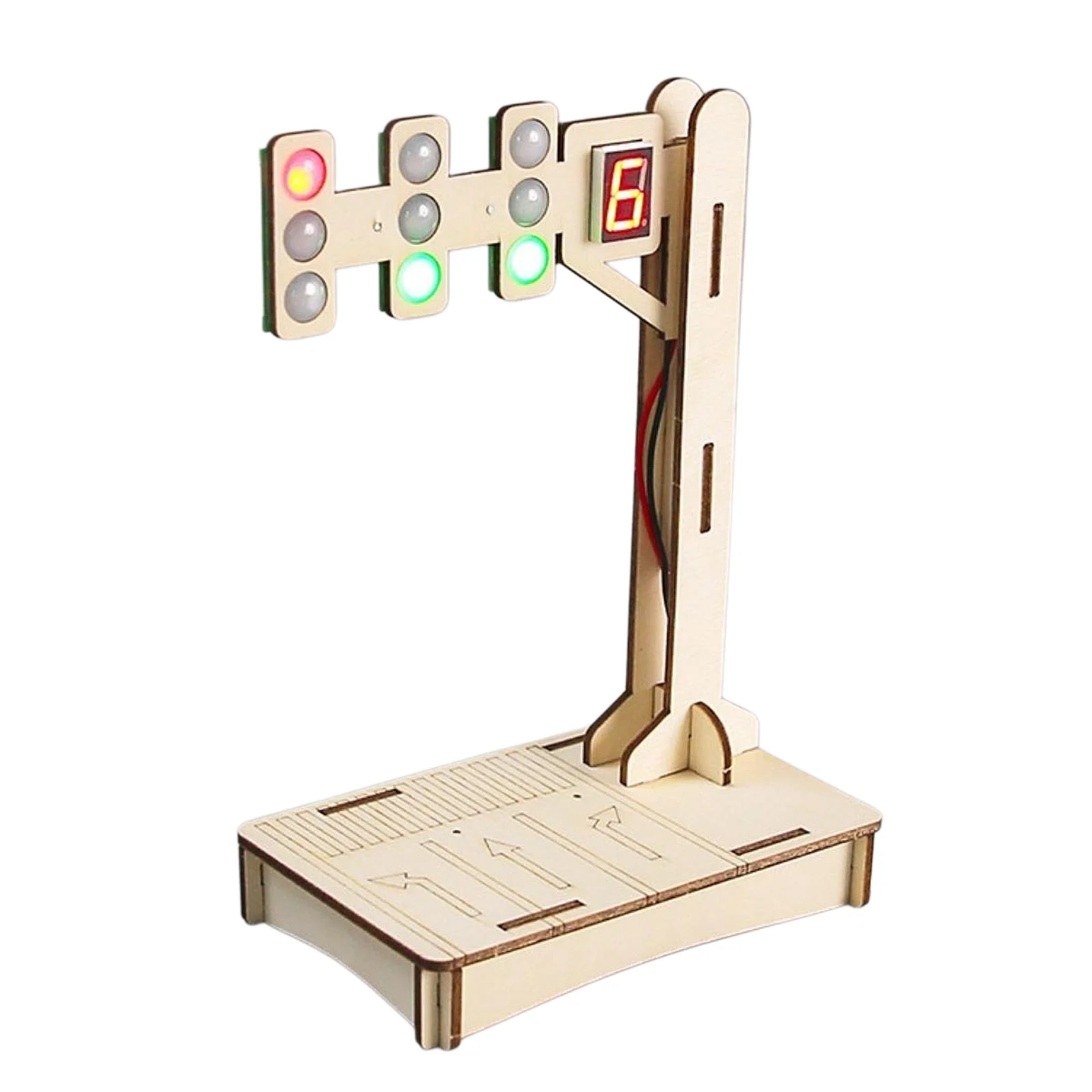

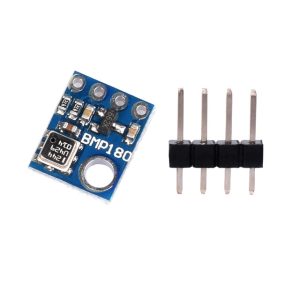
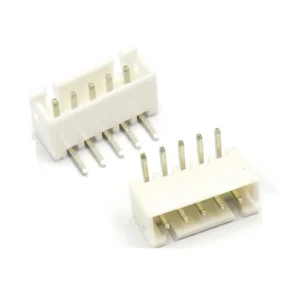
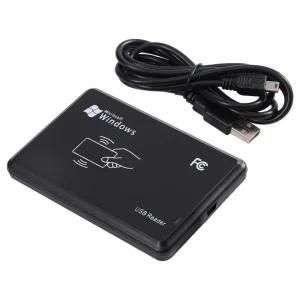
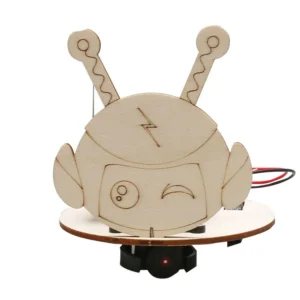
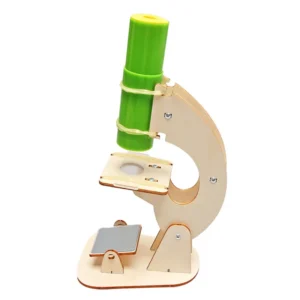
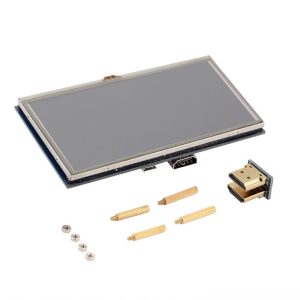
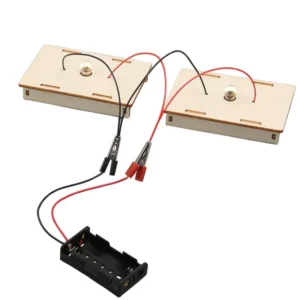

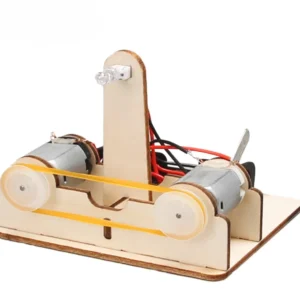


Reviews
There are no reviews yet